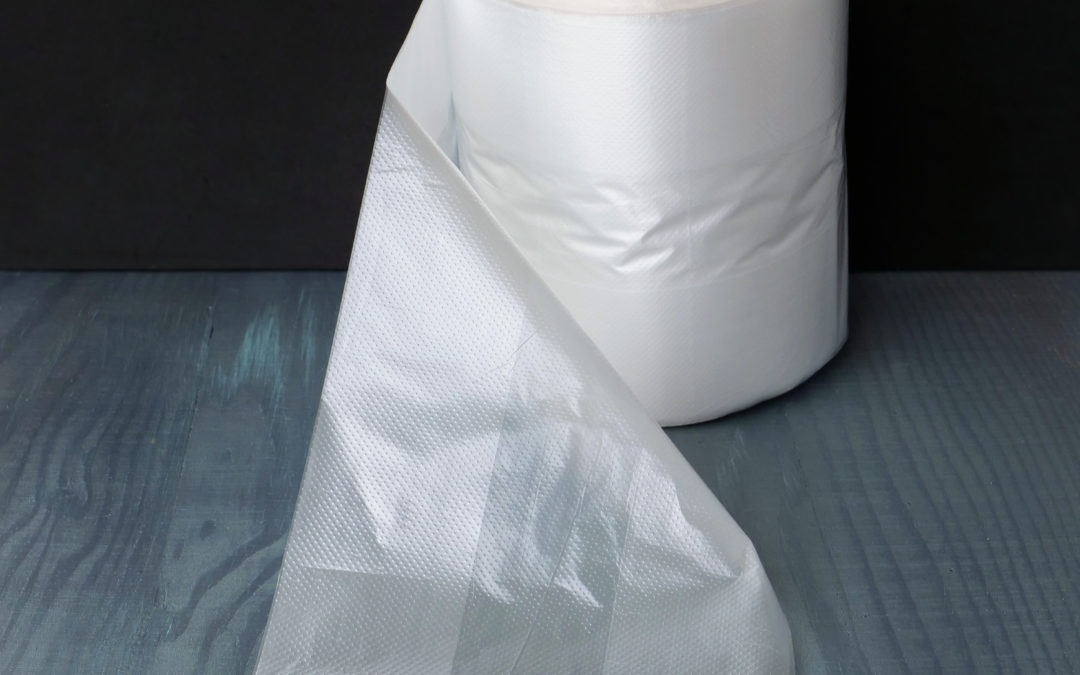It’s a popular choice for use in hospitals, research labs, manufacturing, agriculture, and more — and since polyethylene is FDA approved, it’s often used in the food and beverage industry as well.
From air and chemical lines to wire jacketing and fluid handling, there are so many ways in which poly tubing is used, which is why there are different types and materials involved for different applications. Let’s take a closer look.
Polyethylene Tubing Materials
1. Low-Density Polyethylene (LDPE)
This type of tubing offers good clarity and moisture resistance, and is flexible as well as tough. LDPE is most often used for food, medical, and industrial packaging applications.
2. High-Density Polyethylene (HDPE)
More rigid than LDPE and with less clarity, HDPE is lightweight, strong, and non-abrasive. It’s commonly used in situations where scratch protection is important, such as in plastic or metal parts packaging.
3. Linear Low-Density Polyethylene (LLDPE)
LLDPE is very flexible and very strong. It’s impermeable to gas and moisture, and extremely durable — resistant to environmental stress, impacts, punctures, and cracks. It offers less clarity than LDPE, but has similar applications for food, medical, and industrial packaging.
4. METALLOCENE
This poly tubing material is thin, yet strong and provides high clarity. Its properties make it perfect for applications such as freezer and cold-storage bags, as well as the packaging of bread or bakery goods.
5. Vapor Corrosion Inhibitor (VCI)
VCI poly tubing is low-density and moisture-resistant, offering rust-free protection. This makes it ideal for use with metal parts.
6. Ethylene-Vinyl Acetate (EVA)
Elastic, tacky, and puncture-resistant, the qualities of this poly tubing material provides excellent sealing and is most commonly used for ice and frozen foods, as well as powders, granules, batch-inclusion, and low-melt processes.
7. Ultraviolet Inhibitor (UVI)
Just as its name implies, this material provides UV-ray protection and is therefore used to
protect products susceptible to degradation or discoloration from the sun’s rays.
Producing Polyethylene Tubing to Fulfill Your Needs
The type of poly tubing you use depends on your application needs, and is most commonly made by going through an extrusion process. This method produces a continuous tube that is not only versatile in its application possibilities, but can also be customized with color, thickness, and size — yet another reason why poly tubing is an excellent packing solution.
If you are interested in the endless applications of poly tubing for your facility, reach out to our team at A-Pac Manufacturing. We can produce whatever type of poly tubing you need, gusseted or non-gusseted, cut and sealed at any length to suit multiple products. Contact us today and we’ll be happy to help determine the type, style, size, and thickness of polyethylene tubing that will work best for you.


